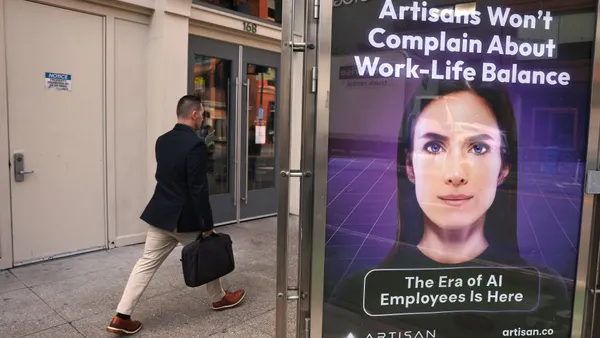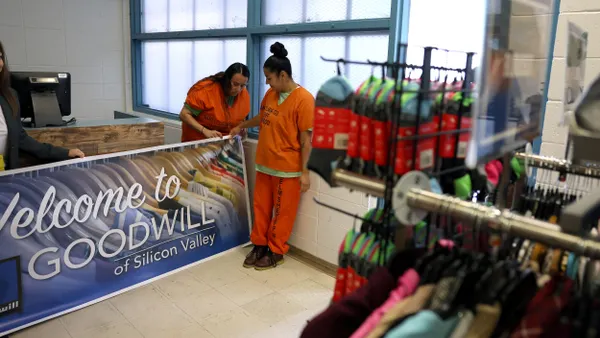Jackye Clayton is VP of talent acquisition and DEI at Textio. Views are the author's own.
DEI in the American workplace requires attention, but a Just Capital/Harris 2021 survey made an encouraging finding. "[M]ost employers (94%) and workers (74%) say that their organization has made a commitment to advancing DEI in the workplace." But the survey also found split viewpoints on the extent to which DEI should be implemented.
Just last month, Google ethical AI researcher Alex Hanna resigned from the company while condemning it, following in the footsteps of another Google AI scientist, Timnit Gerbru, who was fired from the company in 2020. More than 1200 Google workers subsequently signed a letter protesting the firing.
But Google is not alone. The word "paragon" does not exactly come to mind when examining diversity practices across the tech industry as a whole.
According to Lever, only 37% of tech startups have at least one woman on the board, and "while 24% of [tech] employees feel their organizations have done nothing to improve DEI, just 32% feel their employers are actively working towards a DEI strategy for their company, and a mere 29% of software and technology employers view improving DEI as a top priority for this year."
More downbeat findings came from a 2021 survey of more than 2000 tech workers by academic publishing firm Wiley: 50% of the survey respondents said they had departed or desired to leave a tech position "because the company culture made them feel unwelcome or uncomfortable," — and a greater percentage of women, Asian, Black and Hispanic respondents indicated this experience. Additionally, 68% of survey participants said they have felt "uncomfortable" in their tech jobs due to "their gender/ethnicity/socio-economic background or neurodevelopmental condition."
Clearly, committing to workplace DEI and implementing it effectively over time are two different things. DEI success is hard to realize because often times the programs are short lived and don’t scale very well. To illustrate, an analysis published in 2016 in Harvard Business Review noted that diversity training often fails because "while people are easily taught to respond correctly to a questionnaire about bias, they soon forget the right answers." It seems that success or failure of DEI programs depend on human frailties often compromised by deeply ingrained, biases and prejudices.
There are so many potential examples where socially conscious people with the best of intentions will sometimes use language in the workplace that can elicit the worst of reactions, through using words that can be justifiably offensive to certain demographic groups.
The stakes go well beyond economic costs. What happens in the workplace most definitely does not stay in the workplace. All that is good and all that is bad can cascade out to society as a whole, and every workplace hindered by a lack of employee diversity and inclusion is a kind of tax on the health of our broader society. It’s clear that we cannot have an inclusive society without inclusive workplaces.
In addressing these types of challenges, high technology can bring good news for workplace DEI programs. Advanced technology by itself cannot yet replace the capabilities of the human brain nor offer a panacea or magical solution to create a flawless inclusive workplace, but with an always-on capability, it may help weave DEI-informed communications thoroughly into the workplace culture.
As the great civil rights leader Roger Wilkins once said, "[w]e have no hope of solving our problems without harnessing the diversity, the energy, and the creativity of all our people." This perspective should be our North Star as business professionals every day.












